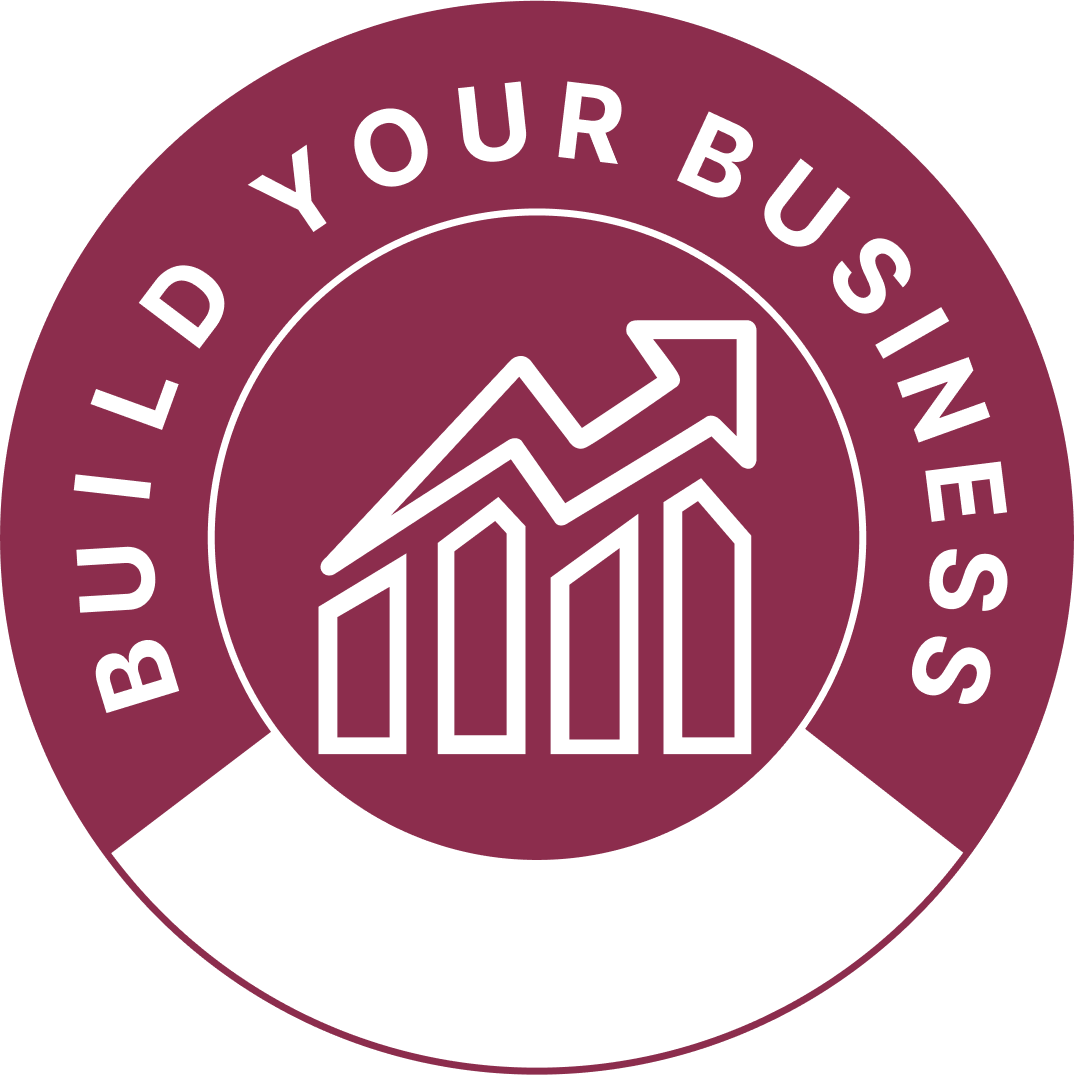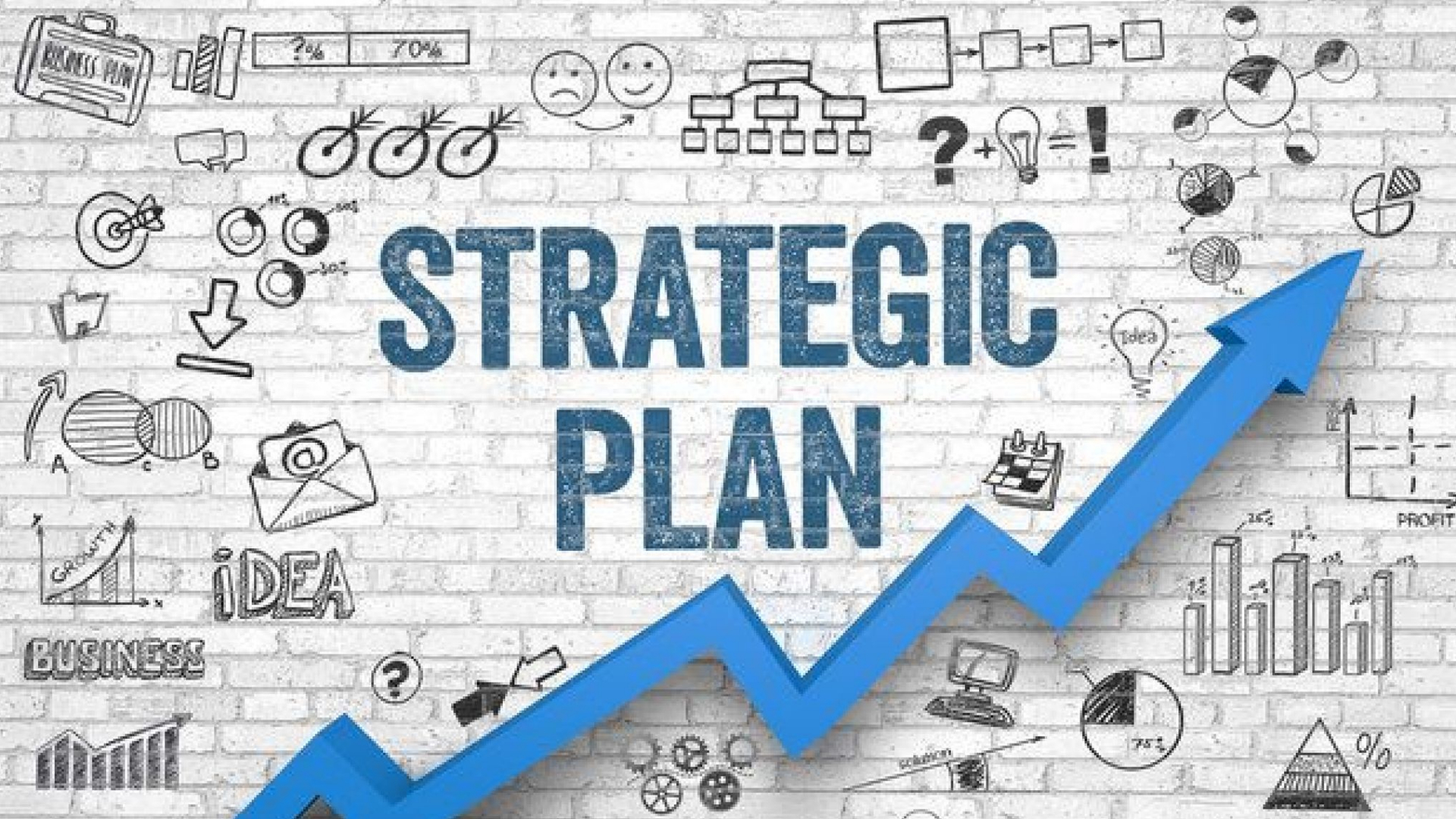10 Strategic Actions to Improve Cash Flow & Reduce Costs in Your Business
🖊️ Editor’s Note – August 2025
This article has been updated to reflect current market conditions and provide additional insights into managing cash flow strategically in today’s economic climate.
With rising costs and slower payments hitting even the most resilient businesses, I’ve seen too many entrepreneurs on the brink—not because they weren’t profitable, but because they didn’t see the cashflow gap coming.
These 10 strategies saved my business during a period where we had over 150 employees and tight payment terms from corporate clients. This is more than just trimming fat—it’s about leadership, strategy, and clarity.
In today’s volatile business environment, with rising inflation, supply chain disruptions, and unpredictable demand cycles, managing your company’s cash flow is more critical than ever. For many entrepreneurs—especially those running service-based businesses or scale-ups—cash flow isn’t just about bookkeeping. It’s about survival, growth, and peace of mind.
I know this first-hand. At the helm of my own business with over 150 employees, we delivered high-value consulting services based on man-days sold to corporate clients. These clients, while solid and long-standing, often paid 60 days end-of-month—sometimes longer. Meanwhile, salaries, rent, taxes, and social charges had to be paid monthly.
That mismatch created constant cash tension. It forced me to deeply explore not just quick fixes, but long-term strategies for cash flow management.
So here are 10 actionable strategies that go beyond the basics:
1. Review Your Cost Structure Intelligently
Don’t just slash budgets—analyse what each expense contributes. Group costs into:
-
Essential to operations
-
Value-adding
-
Replaceable
-
Unnecessary
Use this to take surgical action: streamline rather than amputate.
2. Improve Payment Terms with Clients
Can you request partial prepayment, shorter terms for smaller contracts, or milestone-based billing? If not across the board, even shifting 20% of your client base to better terms can ease liquidity pressure.
3. Negotiate Supplier Terms
If you’re paying suppliers in 15 days and collecting at 60+, there’s a problem. Build stronger relationships to negotiate better terms, or explore group purchasing if you’re a small business.
4. Use Factoring — But Know the Cost
Factoring (selling your invoices) can inject instant liquidity, but it often comes at a 3%–7% fee, plus administration costs. Use it strategically:
-
For large, long-term clients with predictable payments
-
When entering a growth phase and need capital now
Don’t over-rely on it—know your margins first.
5. Reduce Idle Stock or Resources
Inventory eats cash. Even in service businesses, unused licences, empty coworking desks, or overcapacity in tech tools are hidden drains. Turn what’s idle into cash or eliminate it.
6. Cut Energy & Space Waste
Optimise office energy consumption and reconsider office leases. Many hybrid or remote setups allow you to downsize, share space, or adopt hot-desking, reducing rent and overheads.
7. Outsource Non-Core Activities
Delegate tasks like payroll, IT maintenance, or admin to external providers. This allows you to convert fixed costs into flexible ones, freeing up working capital. But don’t compromise on quality—choose specialists, not the cheapest bid.
8. Use Open-Source or Lean Tools
Stop paying for overlapping software. Switch to open-source, consolidate licences, and train your team to use fewer tools better. Audit your tech stack every quarter.
9. Empower Your Team to Contribute
Cash management isn’t just for the CFO. Share transparent goals with your team. I’ve seen departments voluntarily cut perks—like Nespresso machines—to save a colleague’s role. That’s alignment. That’s culture. And it saves cash.
10. Align Marketing to ROI, Not Just Exposure
Ditch vanity campaigns. Invest in measurable lead-generation activities. Focus on organic strategies, like content, partnerships, and referrals, which have high returns and low upfront costs.
A Note on Staff: Don’t Cut Without a Conversation
In tough times, many instinctively slash headcount. But in my experience, being transparent with your team creates unity—not fear.
Years ago, one department I worked with voluntarily gave up free Nespresso machines to save the job of an intern. That decision came from them—not leadership. When teams are involved in the solution, morale and results improve.
Final Note: Cashflow is Leadership
Managing cash is not just an accounting function—it’s a strategic imperative. It’s about discipline, communication, and the courage to face financial reality early and often.
And no, the solution isn’t always a shiny app or new consultant. Sometimes it’s about better systems, honest analysis, and asking: Where is the cash blocked, and how can I unblock it fast—without compromising the long-term health of the business?
If this article sparked something for you, I invite you to explore my Cashflow Toolkit — a simple, powerful spreadsheet and training video that helps you track and take control of your cash today.
And if you’re leading a team through financial pressure and want to foster a culture of performance, I also run team interventions and workshops to help businesses find strategic clarity.



